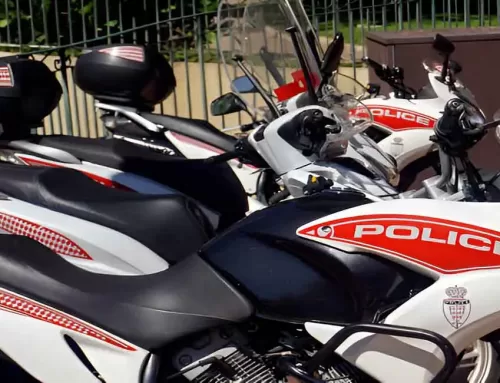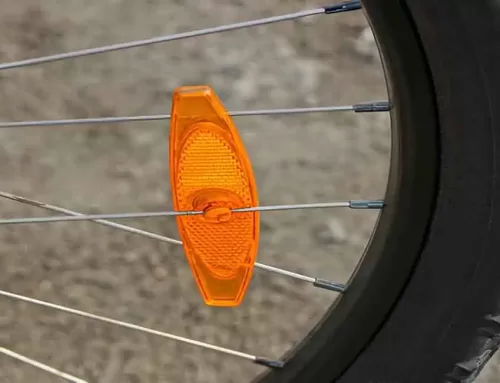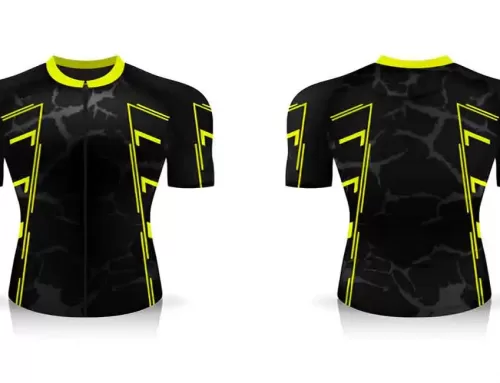What is the difference between a reflective raincoat and an ordinary raincoat?
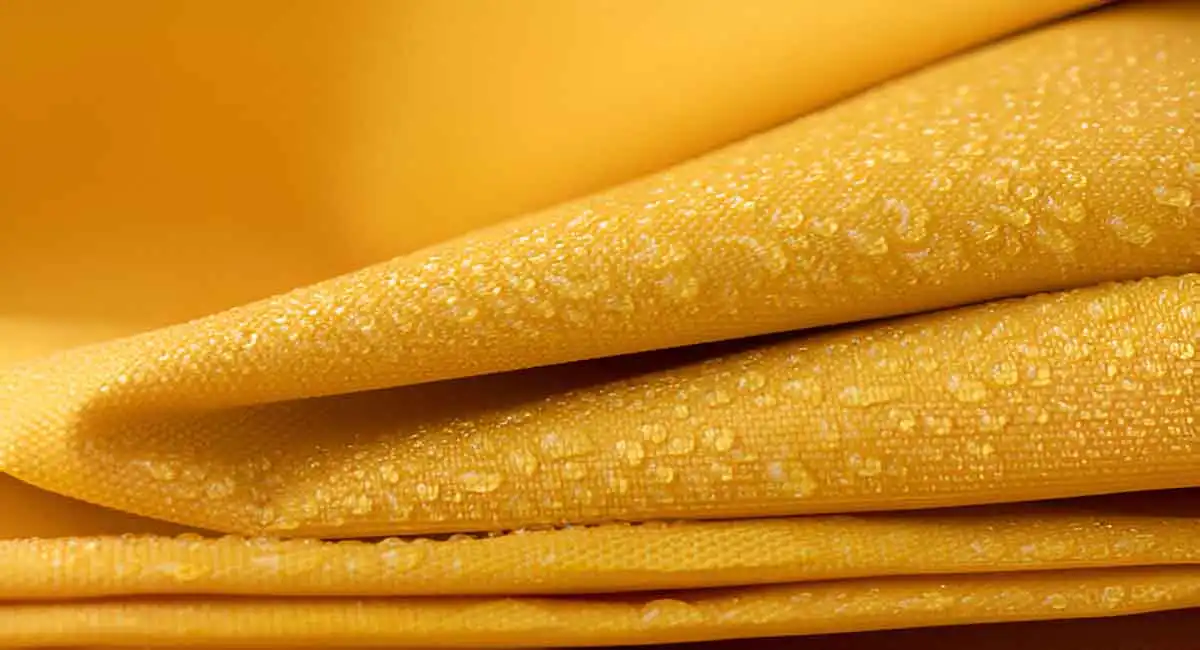
Where is the safety factor of reflective raincoat reflected?
The obvious difference between reflective raincoats and ordinary raincoats is that reflective strips and reflective cloth are added to various parts of the raincoat, so that under the irradiation of optical fiber, it can reflect obvious white light and improve personal recognition, especially in dark weather. It can prevent traffic accidents to a certain extent. Usually in rainy weather, we are still used to ordinary raincoats for waterproofing, and think that reflective raincoats are only worn by people in specific industries, such as traffic police and cleaning and other outdoor workers. In fact, reflective raincoats can achieve full-body safety identification protection and can be used for travel in rainy weather. Wearing reflective raincoats can avoid these situations very well.
Similarly, for traffic police working outdoors, reflective raincoats have a high waterproof level, and the tops are all fluorescent green. High-brightness reflective strips are added to the clothes and pants, and police badges and police numbers can be affixed to the chest. Wearing such a raincoat and standing on the road is very eye-catching, and traffic police don’t have to worry about car owners not being able to see the command in heavy rain. In short, when traveling in dark weather, safety is the top priority, and clothes with reflective materials are an indispensable and important safety tool.
What are the advantages of reflective raincoats?
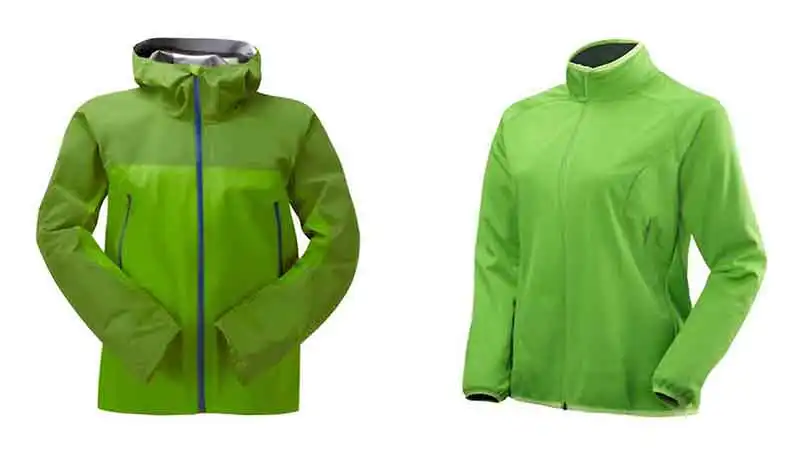
This type of raincoat is a kind of raincoat for traffic safety made on the basis of ordinary raincoats in accordance with relevant regulations. Reflective materials are added to the front of the raincoat, that is, the chest, limbs and back, so that the reflective raincoat can reflect strong light under the illumination of the light, preventing people from walking on the road on rainy days and being hit by vehicles traveling back and forth, causing traffic accidents. Compared with other rain gear, such as umbrellas, in windy and rainy weather, it can only prevent the top of the head from being poured, but the clothes on the body cannot be avoided. Therefore, raincoats have always been the first choice for rain shelter tools used in rainy weather. However, the weather on rainy days is relatively gloomy and the light is weak, so walking on the road in a raincoat is somewhat dangerous. Reflective raincoats can well avoid these situations, which is the biggest advantage of reflective raincoats.
Storage and maintenance methods for reflective raincoats!
Reflective raincoat precautions:
- Neither reflective raincoats nor ordinary raincoats should be exposed to the sun;
- Do not wash with water or detergent;
- Once you are not wearing it, it is best to wipe it with a dry towel and hang it on a hanger in a cool place to dry naturally. Do not expose it to the sun.
Storage method for reflective raincoats:
When storing reflective raincoats, you can hang them on hangers or line the interlayer with white paper and newspapers, fold them up and pack them in bags. This way, they will not be adhered and wrinkled after being stored for a long time.
Wrinkle removal method for reflective raincoats:
If there are slight wrinkles on the reflective raincoat, you can hang it on a hanger and let it naturally return to flatness. If the wrinkles are tight, soak the raincoat in hot water at about 70℃ for 2 minutes, take it out and flatten it on a flat plate, then wipe off the water marks, and it can be restored to flatness. Be careful not to pull it hard.


